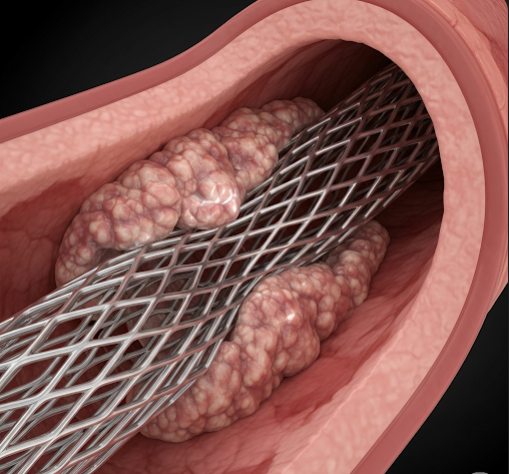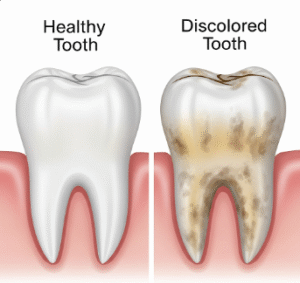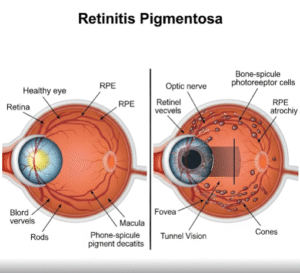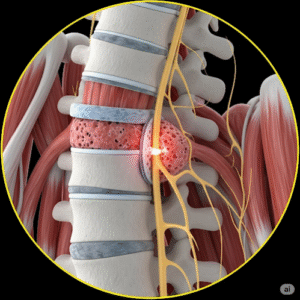Overview
In-Stent Restenosis (ISR) is a condition characterized by the re-narrowing or blockage of a coronary artery at the site where a stent was previously placed during a percutaneous coronary intervention (PCI). Stents are tiny mesh tubes inserted to keep arteries open after blockages, but in some cases, the artery narrows again due to tissue growth inside the stent. ISR can reduce blood flow to the heart muscle and may cause symptoms similar to the original coronary artery disease, such as chest pain or shortness of breath.
South Korea has advanced cardiac care centers equipped with cutting-edge technology for diagnosing and managing ISR, including intravascular imaging and minimally invasive treatment options.
What is In-Stent Restenosis?
In-Stent Restenosis occurs when scar tissue or neointimal hyperplasia (excess growth of smooth muscle cells and extracellular matrix) develops inside a previously placed stent, narrowing the artery lumen. This process usually happens within 3 to 12 months after stent placement but can occur later. ISR leads to impaired blood flow, increasing the risk of angina and myocardial ischemia.
There are two types of stents commonly involved:
- Bare-metal stents (BMS), which have a higher rate of restenosis due to lack of drug coating.
- Drug-eluting stents (DES), which release medication to inhibit tissue growth, reducing ISR risk but not eliminating it entirely.
Symptoms
Patients with ISR may experience:
- Recurrence of chest pain or angina, especially during exertion
- Shortness of breath
- Fatigue
- In severe cases, symptoms of heart attack (myocardial infarction) such as chest tightness, sweating, nausea, or sudden cardiac arrest
Sometimes ISR can be asymptomatic and only detected during follow-up angiograms or imaging.
Causes
ISR is primarily caused by the body’s healing response after stent placement. Factors contributing to ISR include:
- Excessive tissue growth (neointimal hyperplasia) inside the stent
- Inflammation triggered by the stent itself or the injury from the PCI procedure
- Poor stent deployment or sizing, causing mechanical irritation
- Delayed healing response, especially with drug-eluting stents
- Underlying conditions such as diabetes or high cholesterol that promote atherosclerosis
Risk Factors
Several factors increase the risk of developing ISR:
- Diabetes mellitus
- Smoking
- High cholesterol and uncontrolled lipid levels
- Chronic kidney disease
- Smaller artery diameter and longer stent length
- Previous history of restenosis
- Suboptimal stent placement or incomplete stent expansion
Complications
If untreated, ISR can lead to:
- Worsening angina and reduced quality of life
- Myocardial infarction due to blockage of blood flow
- Heart failure if large areas of the heart muscle are affected
- Need for repeat revascularization procedures or coronary artery bypass grafting (CABG)
Prevention
Prevention strategies focus on optimizing stent placement and medical management:
- Use of drug-eluting stents rather than bare-metal stents where appropriate
- Careful sizing and deployment of the stent to ensure full expansion
- Aggressive management of cardiovascular risk factors such as diabetes, hypertension, and hyperlipidemia
- Smoking cessation
- Adherence to dual antiplatelet therapy (DAPT) following stenting to prevent clot formation and promote healing
Treatment Options in Korea
Diagnosis
In Korea, patients suspected of ISR undergo:
- Coronary angiography to visualize artery narrowing
- Intravascular ultrasound (IVUS) or optical coherence tomography (OCT) to assess stent expansion and tissue growth
- Non-invasive imaging such as stress tests or CT angiography when appropriate
Medical Treatment
- Optimization of medical therapy including antiplatelet drugs, statins, and control of blood sugar and blood pressure
- Dual antiplatelet therapy (aspirin and P2Y12 inhibitors) is maintained to reduce clot risk
Interventional Treatment
- Repeat PCI with balloon angioplasty (sometimes drug-coated balloons) to re-expand the artery
- Placement of a new drug-eluting stent over the restenotic segment
- Use of advanced techniques such as laser angioplasty or atherectomy to remove excess tissue
Surgical Options
- In cases where PCI is not feasible or restenosis is recurrent, coronary artery bypass grafting (CABG) surgery may be performed. Korean cardiac centers have high success rates with minimally invasive CABG techniques.
Prognosis in Korea
Korea’s advanced cardiovascular care enables early detection and prompt treatment of ISR, improving patient outcomes and reducing the risk of heart attacks and hospitalizations. Regular follow-up and adherence to lifestyle changes are emphasized to prevent recurrence.













